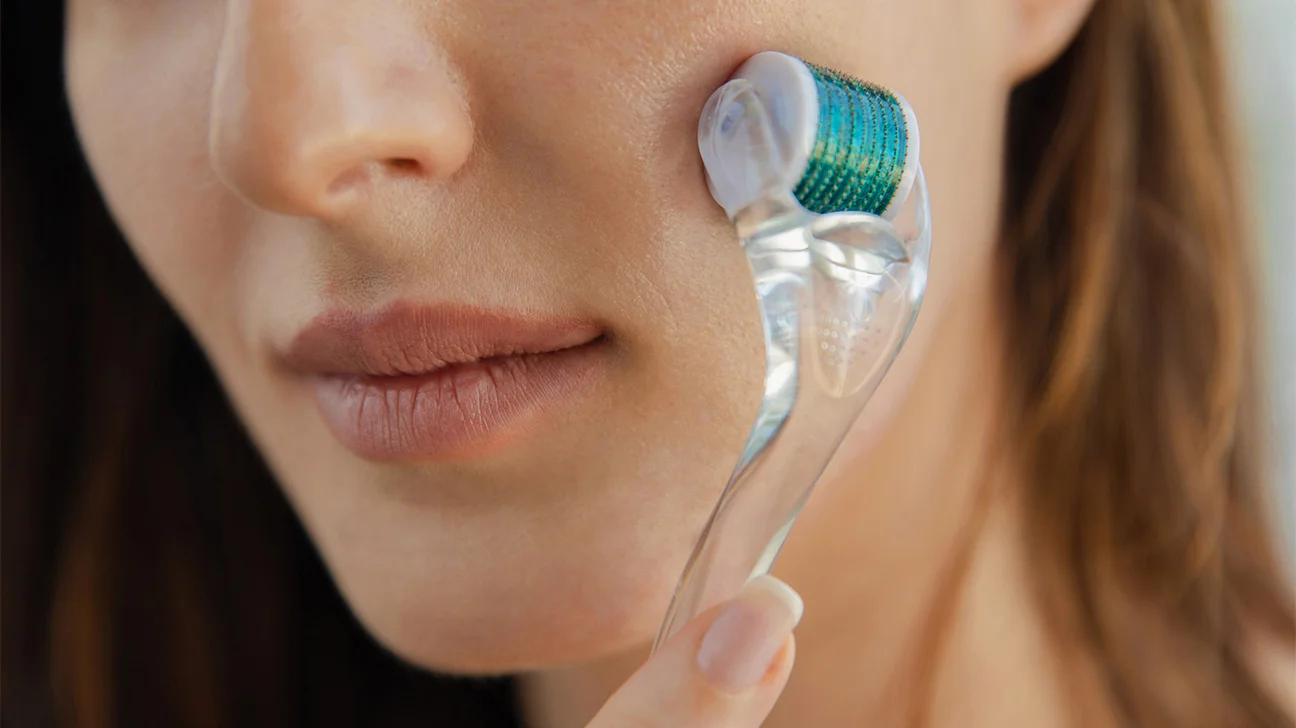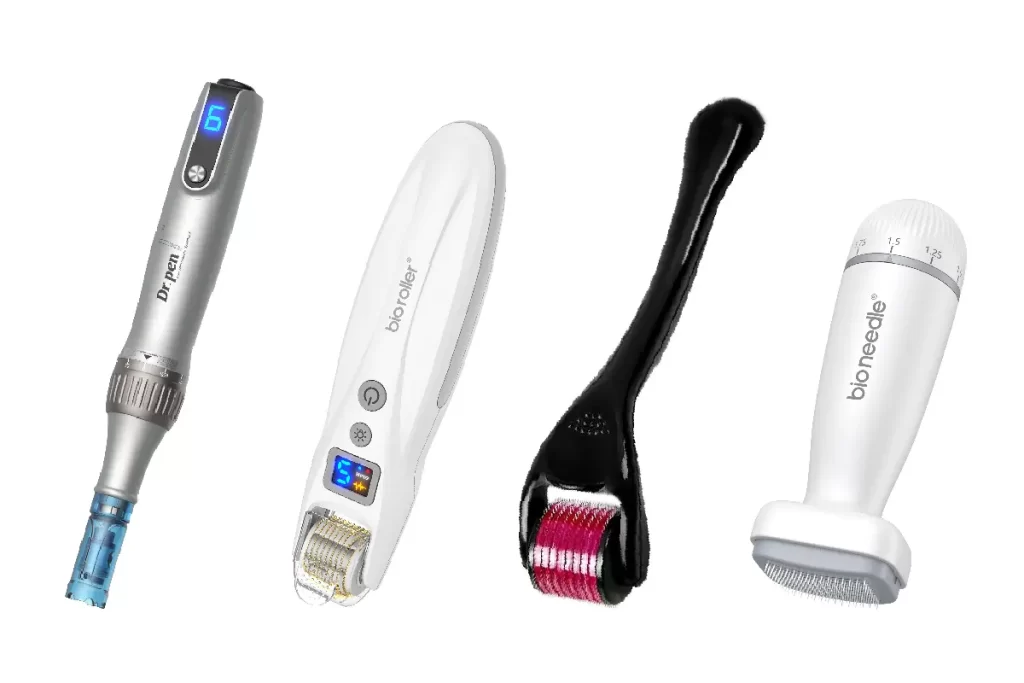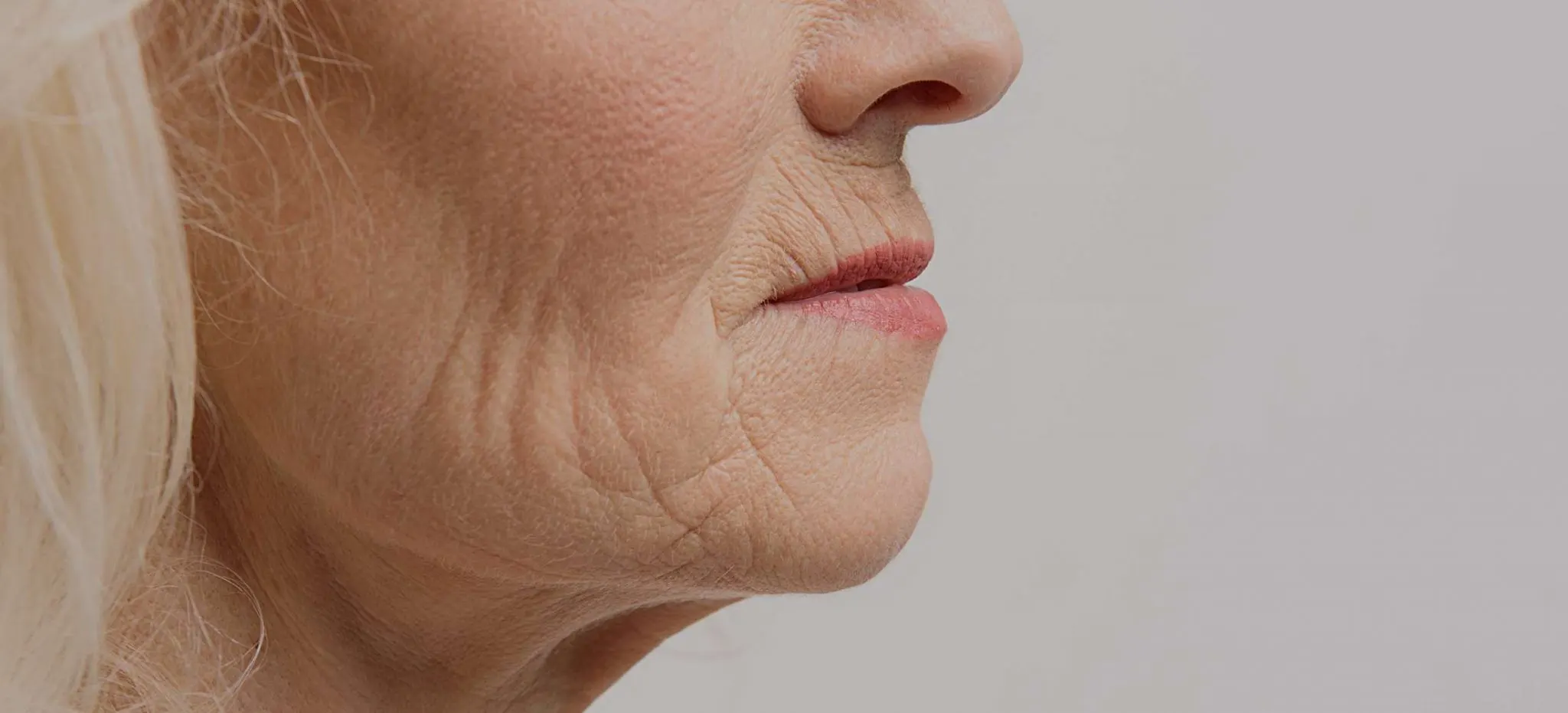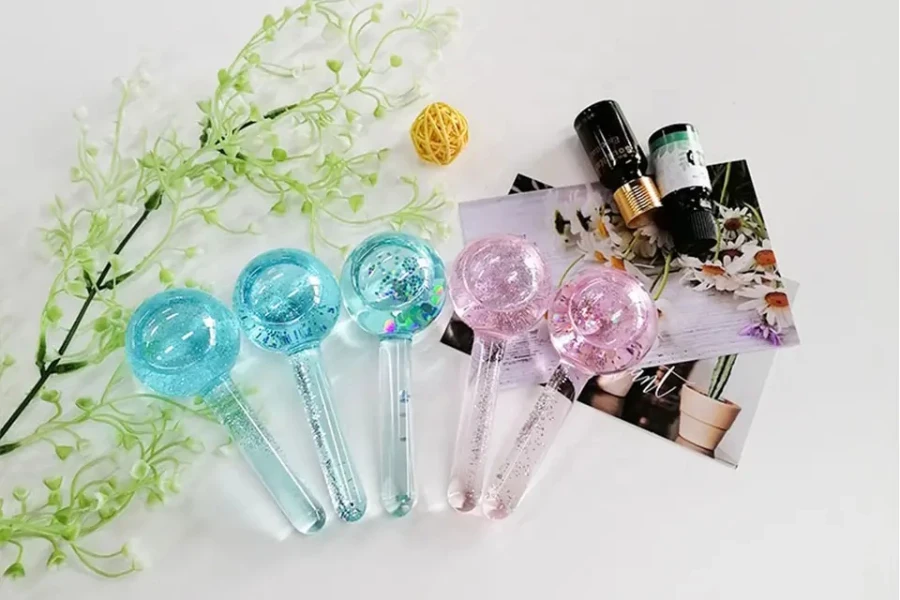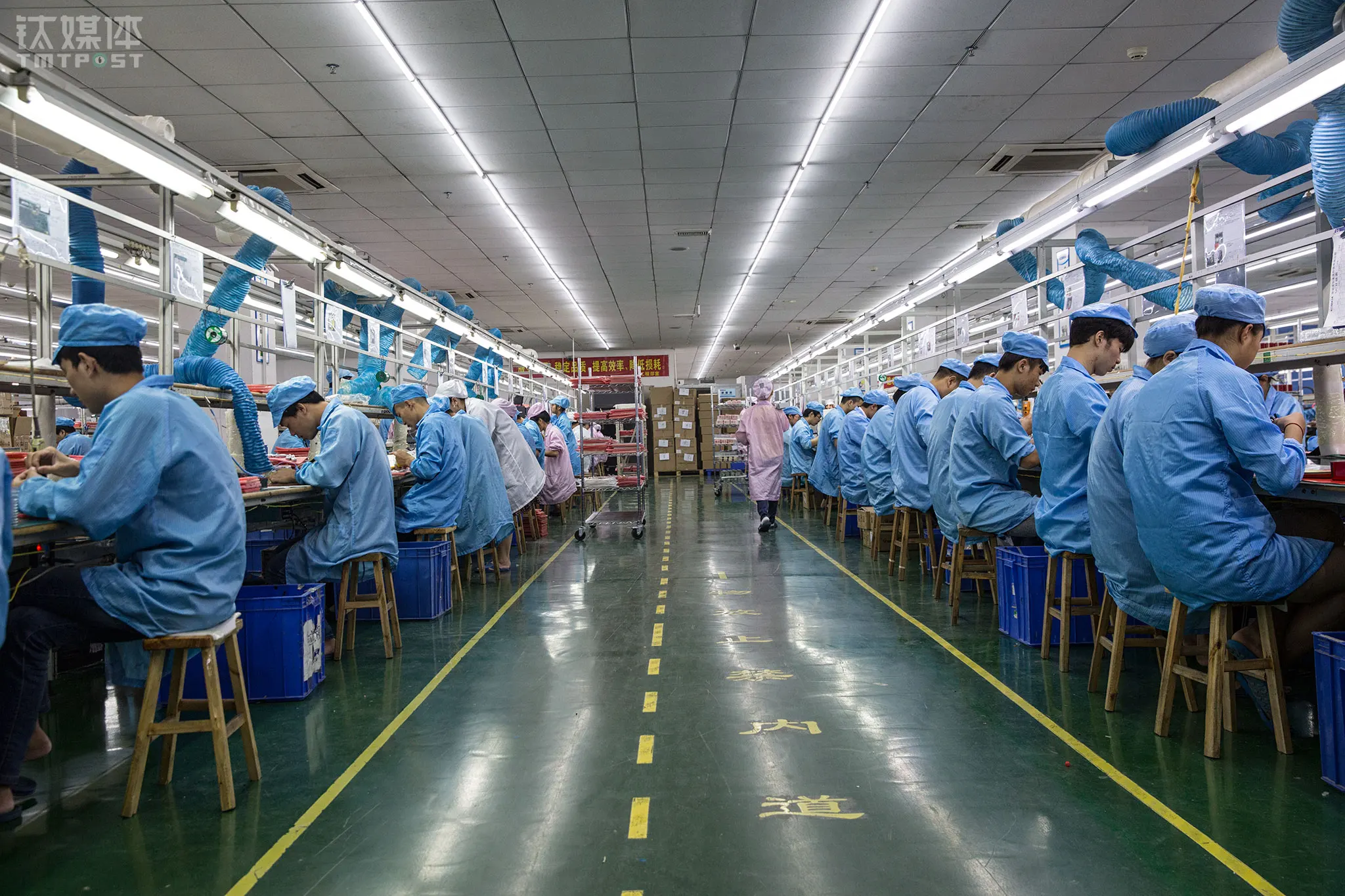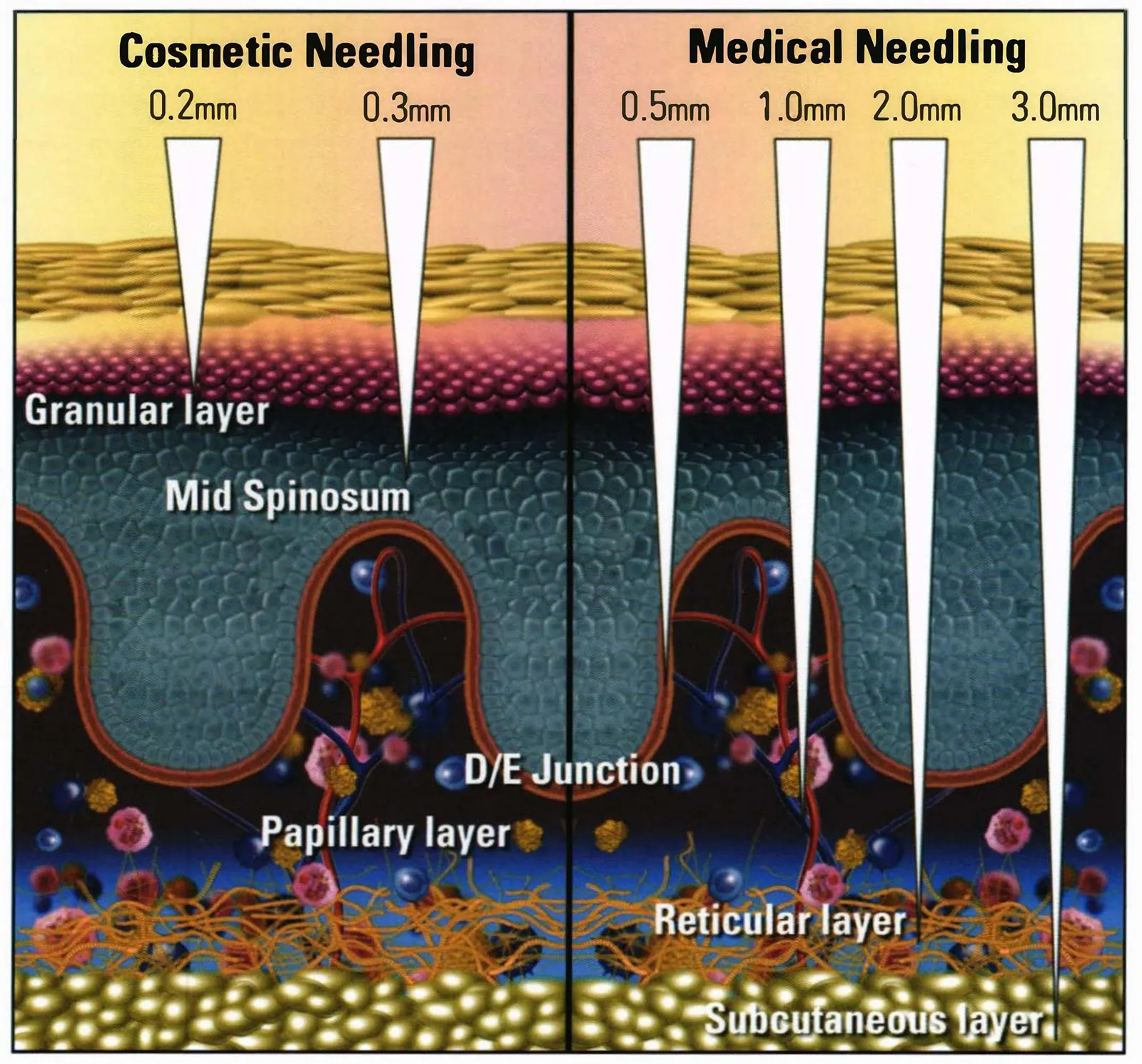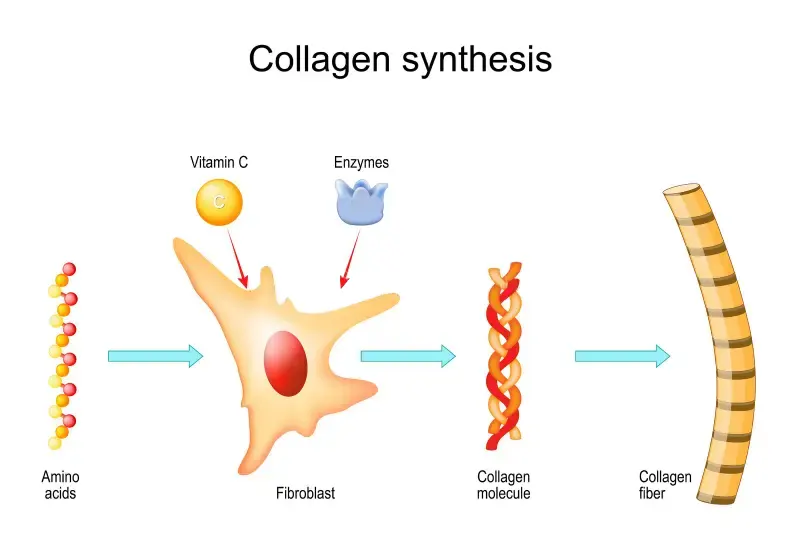In daily life, food, environment, emotions, cell aging, skin damage, etc., will bring us various skin health problems. Most people’s skin is in an unhealthy state. Obtaining healthy skin is the goal of skin rejuvenation treatment.
Cells are the basic building blocks of our body, and the skin is also made up of various cells. When cell aging or internal and external damage has occurred, our skin will begin to deteriorate.
The ideal skin rejuvenation treatment needs to target 3 key cells (keratinocytes, melanocytes, fibroblasts) and regulate their functions.
Three key target cells for skin rejuvenation treatment
We need to carry out targeted treatment on the three main functional cells located in the epidermis and dermis: keratinocytes, melanocytes, and fibroblasts, to restore their activity and function.
Keratinocytes:
When keratinocytes function optimally, they improve epidermal density, stimulate proper keratinization (which determines skin smoothness), and produce a firmer stratum corneum that becomes denser and more compact, thereby enhancing normal barrier function.
Melanocytes:
Melanocytes are dendritic cells in the basal layer of the epidermis that, when damaged, can lead to either hypo- or hyper-pigmentation. Functioning melanocytes ensure that the skin melanizes properly, resulting in an even skin tone. Regulating melanocyte function is key to any successful treatment for uneven skin tone.
Fibroblasts:
These cells are responsible for making collagen, elastin, and glycosaminoglycans (GAGs), which largely account for the desirable characteristics of healthy skin, namely firmness, firmness, plumpness, elasticity, and secondarily good hydration.
What can we do to regulate cellular function?
We should not underestimate the ability of healthy skin to sustain itself when it receives the right cellular nutrition. Proper cell-to-cell signaling is essential to ensure proper barrier function, hydration and plumpness, even pigmentation, and tensile strength.
There are two interventions that provide the best results:
1. Provide skin cells with the building blocks they need through:
- Oral nutrients and supplements.
- Topical creams, serums, etc.
- Daily vigorous exercise to increase blood flow and stimulate the lymphatic system.
2. Tell cells what to do (i.e., restore cell function) by stimulating the body to release the following substances:
- Growth factors: These are substances that cause cells to differentiate, proliferate, and grow.
- Cytokines: These are signaling molecules released by the cells themselves to communicate with other cells.
How does microneedling therapy achieve skin rejuvenation?
The principle of microneedle treatment is:
Microneedle therapy forms thousands of microchannels in the epidermis and dermis through intensive acupuncture, promoting the penetration of nutrients needed for skin rejuvenation into the skin. At the same time, acupuncture causes a large number of micro-damages, triggering the skin’s natural repair mechanism and collagen production, promoting the recovery and renewal of skin cells.
Microchannels:
Microchannels temporarily enhance the permeability of the skin barrier, allowing active ingredients to penetrate into the epidermis and dermis more easily, providing skin cells with nutrients required for functional repair and regeneration.
Microinjury:
The repair process of microinjury activates the wound healing mechanism and releases a variety of growth factors (such as platelet-derived growth factor (PDGF), transforming growth factor (TGF-β) (TGF-β3 is the most beneficial), epidermal growth factor (EGF), keratinocyte growth factor (KGF) and macrophage-derived growth factor (MDGF)) and cytokines (such as IL-1, TNF-α). These factors promote keratinocyte proliferation, increased fibroblast activity, collagen synthesis, and reconstruction of the dermal matrix, thereby restoring skin function and improving skin quality.
Comparison of microneedling therapy and other treatments
Microneedle therapy has incomparable advantages in skin rejuvenation therapy. Compared with other common treatment methods, microneedle therapy can meet two core conditions at the same time:
1. Maximize the penetration of active nutrients.
2. Release a large amount of growth factors, activate the skin’s self-healing ability, and promote skin tissue reconstruction.
For example:
Although laser therapy can stimulate the production of collagen, it does not create a physical channel and it is difficult to improve the absorption efficiency of external nutrients;
Radiofrequency therapy stimulates the production of collagen and elastic fibers through heat energy, improving the firmness and elasticity of the skin, but it cannot directly increase the penetration of nutrients;
PRP treatment focuses on the direct injection of growth factors, but it cannot activate the skin’s self-repair mechanism;
Chemical peeling is effective in removing aging cells, but it has little effect on promoting the absorption of external nutrients.
In contrast, microneedle therapy directly activates comprehensive self-repair of the local and deep layers of the skin through the creation of microchannels and microinjuries. It is currently the only treatment method that can take into account both nutrient penetration and growth factor release. This uniqueness makes microneedle therapy a benchmark in the field of skin rejuvenation.

